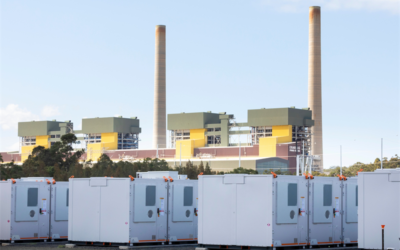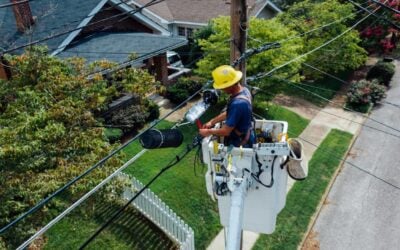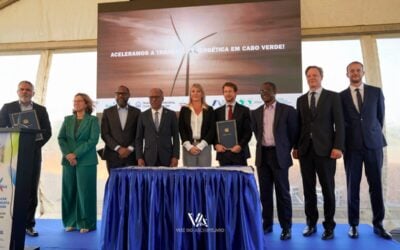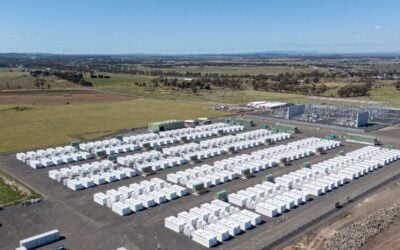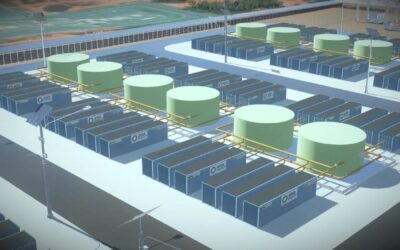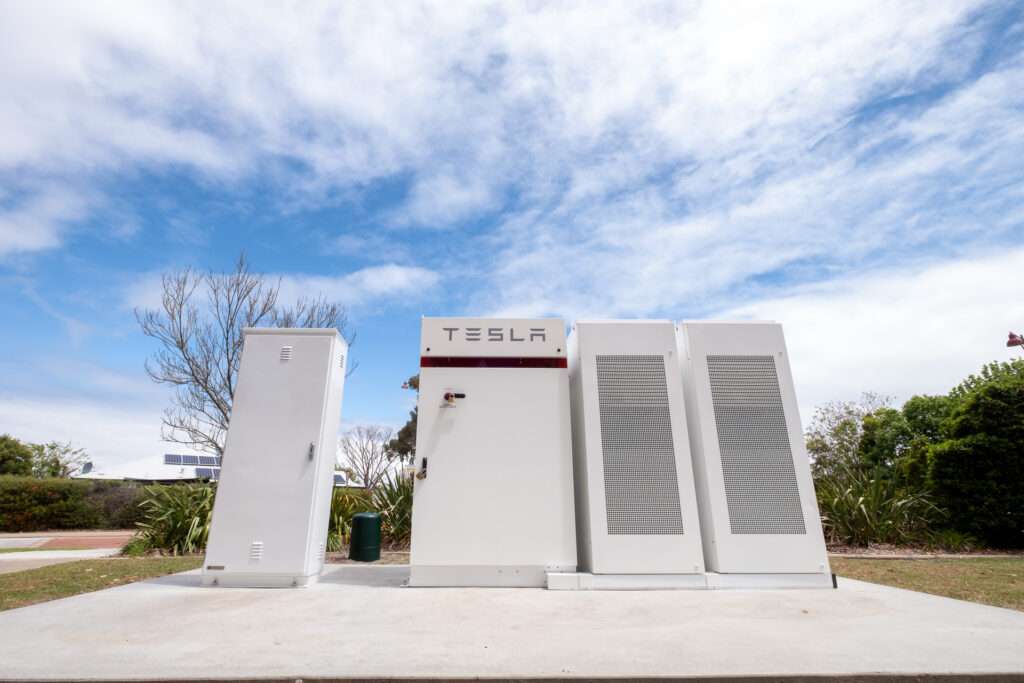
trial by Western Power. Image: Western Power.
“There is a void in the marketplace for some entity to drive Australia’s community batteries forward,” according to an academic at Monash University.
Speaking on day one of the Energy Storage Summit Australia 2025, which took place last week, Dr Emi Gui, energy transition programme lead at Monash Energy Institute, a community energy research group at Monash University, discussed community batteries and the potential these offer the country in the energy transition. These could also help unlock consumer benefits and drive lower energy bills.
Dr Gui explained that there is an opportunity in the market for an organisation willing to combine innovative approaches in community battery business models with active engagement from the communities themselves, tailoring the service to meet their specific needs.
“How scalable community batteries will be depends on the market innovation or the stakeholder innovation. In terms of supporting the environment for the battery, it comes down to cost and convenience for consumers,” Dr Gui added.
Try Premium for just $1
- Full premium access for the first month at only $1
- Converts to an annual rate after 30 days unless cancelled
- Cancel anytime during the trial period
Premium Benefits
- Expert industry analysis and interviews
- Digital access to PV Tech Power journal
- Exclusive event discounts
Or get the full Premium subscription right away
Or continue reading this article for free
As battery costs continue to fall, community batteries are likely to become more attractive to companies and communities. These could be used to support the uptake of rooftop solar PV resources, which recently surpassed 25GW in Australia, by pooling excess energy into a community asset for neighbourhood use.
This has seen community battery developments increase in regions such as New South Wales and Victoria. For instance, Australian network company Ausgrid has been building a portfolio of community batteries across Sydney and its surrounding suburbs. However, their uptake has largely required support from national and state subsidy schemes.
Subscription models could aid community batteries
Another panellist, Graeme Martin, founder of Village Power, a group of volunteers looking to establish a community-owned battery in Victoria, believes that a subscription model on networks could be used to incentivise the use of community batteries.
“If we could actually change the regulation and financial business model by putting local network charges to support a real subscription model, we’d actually then deliver value back to the customers in terms of dollar value,” Martin said.
Tim Ryan, founder of Ready.Energy believes Martin “hit the nail on the head” with this subscription model, having added that “it’s about trying to get value from the network and to remove the friction.”
“We could have energy at -20 cents a kilowatt-hour, a network charge of 30 cents a kilowatt-hour, and I’m still paying 10 cents. That’s where dynamic operating envelopes come in,” Ryan added.
“All this technology has arrived pretty quickly and people understand they can use dynamic operating envelopes for flexible imports. It’s not a limit. It’s a guarantee that you’ve got a certain amount. Then you get a signal on top that you can use more, or you drop back to the subscription level that you charge.”
According to ARENA, dynamic operating envelopes allow import and export limits to vary over time and location. Dynamic rather than fixed export limits could enable higher levels of energy exports from customers’ solar and battery systems by allowing higher export limits when there is more hosting capacity on the local network.
Community batteries could earn up to AU$250,000 per year
Stace Tzamtzidis, solar, storage and EV regional director at energy management solutions provider GridBeyond Australia, said that a community BESS in the country could earn up to AU$250,000 year in an article for Energy-Storage.news.
A community battery generates income by providing grid services such as frequency regulation, demand response, and energy arbitrage. Balancing supply and demand also supports energy efficiency, reduces costs, and enhances grid stability.
According to Tzamtzidis, a 1MW community-owned battery enrolled in the Frequency Control Ancillary Services (FCAS) programme could generate AU$250,000/year in revenues for its community owners.
FCAS refers to the services used to maintain the stability of the electricity grid by controlling and balancing frequency fluctuations, ensuring supply and demand are matched in real-time.
Tzamtzidis adds that community-scale storage could provide significant net value by stacking multiple value streams while also achieving economies of scale. However, this depends on accurately locating community-scale storage projects in high-value locations on the grid and monetising the value they bring.

